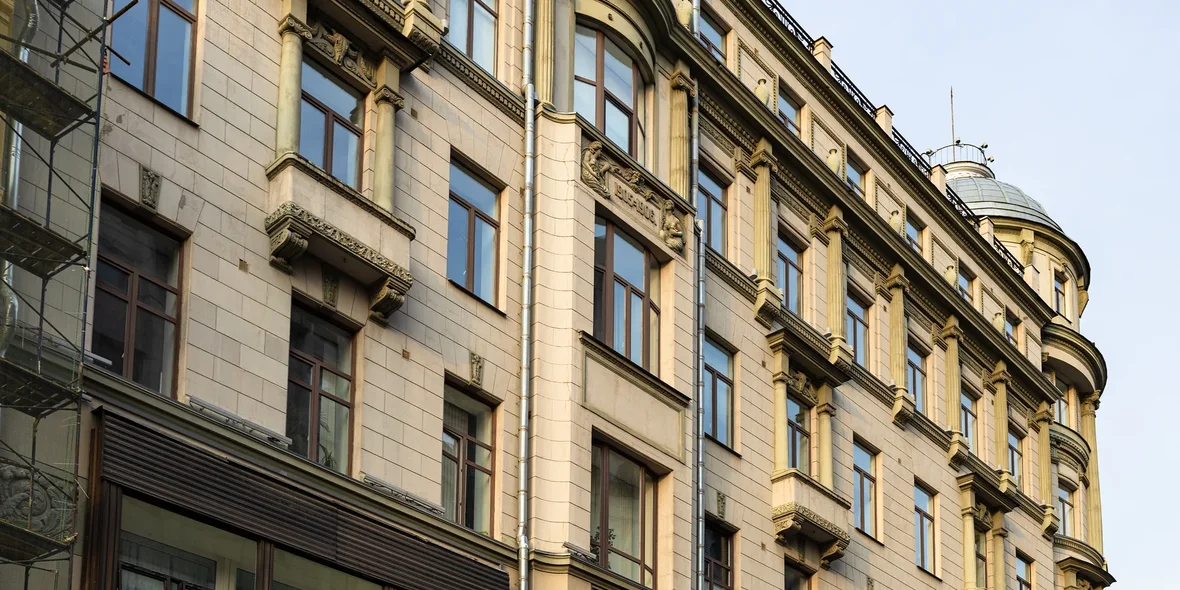
What is a Profitable House?
A profitable house is a building specifically built for renting out apartments for profit. Such houses were widespread in large cities in Russia and Europe at the end of the 19th and beginning of the 20th centuries. Profitable houses played an important role in the development of urban architecture and the formation of the housing infrastructure of megacities at that time.
History of Origin
The concept of a profitable house arose in Europe in the mid-19th century against the backdrop of active urbanization and industrialization. The massive influx of population into cities created a high demand for housing, making the construction of apartment buildings for rental a profitable business.
In Russia, the first profitable houses appeared in the 1780s in St. Petersburg. They became widespread in the second half of the 19th century, especially in Moscow and St. Petersburg. By the beginning of the 20th century, profitable houses formed the basis of the housing stock of large Russian cities.
Architectural Features
Profitable houses were distinguished by characteristic architectural solutions:
- Multi-story (usually 4–6 floors).
- A large number of apartments with different layouts.
- Main entrance and staircase from the street.
- Back door and stairs from the yard.
- A richly decorated facade.
- Inner courtyard-well.
- Shops and other commercial premises on the ground floor.
The architecture of apartment buildings combined functionality with aesthetics. The facades were often designed in fashionable styles — eclecticism, modernism, and neoclassicism. This made apartment buildings noticeable elements of urban development.
Layout and Types of Apartments
The profitable house usually contained apartments of different levels of comfort:
- Luxury apartments (mezzanine) — spacious rooms with high ceilings on 2–3 floors.
- Middle-class apartments — on middle floors, with moderate area and decoration.
- Small apartments — on the upper floors, with a minimum set of amenities.
- Rooms for servants — in the attic or basement.
The layout of the apartments varied, from multi-room apartments to small studios. This made it possible to attract residents with different income levels.
Engineering Equipment
Profitable houses of that time were often equipped with advanced engineering systems:
- Water supply and sewerage.
- Central heating.
- Electric lighting.
- Telephone connection.
- Elevators (in some buildings).
The presence of modern amenities increased the attractiveness of apartment buildings for tenants.
Social aspect
Profitable houses played an important role in the social structure of cities:
- They provided housing for different segments of the urban population.
- They formed a new way of life for the townspeople.
- They created a specific culture of a profitable house.
At the same time, apartment buildings were often criticized for overcrowding, unsanitary conditions, and the social stratification of residents.
Economics of Profitable Houses
The construction and operation of profitable houses were profitable businesses:
- High demand for housing ensured stable income.
- The variety of apartments made it possible to flexibly manage profitability.
- Commercial premises on the ground floor provided additional profit.
- Centralized management reduced costs.
The owners of apartment buildings were often wealthy citizens, merchants, and industrialists. Many of them owned several houses, forming entire “profitable empires.”
Famous Profitable Houses
Some apartment buildings have become architectural landmarks:
- Singer's house in St. Petersburg.
- Filatov's apartment building in Moscow.
- The apartment building of Emmanuel Nobel in St. Petersburg.
- House with chimeras in Kyiv.
- The profitable house of the Stroganov School in Moscow.
Many of these buildings have survived to this day and are architectural monuments.
Decline of the Era of Profitable Houses
After the 1917 revolution in Russia, most apartment buildings were nationalized and turned into communal apartments. In Europe, the construction of profitable houses continued until the mid-20th century but gradually gave way to other forms of urban housing.
Reasons for the decline of profitable houses:
- Development of mass-standard housing construction.
- The growing popularity of owning your own home.
- Tightening urban planning regulations.
- Changing ideas about comfortable housing.
Current State
These days, the concept of a profitable house is experiencing a certain revival:
- Restoration of historical apartment buildings.
- Construction of modern rental houses.
- Development of the profitable real estate market.
However, modern analogues of apartment buildings differ significantly from their historical predecessors in architecture, layout, and social status of residents.







